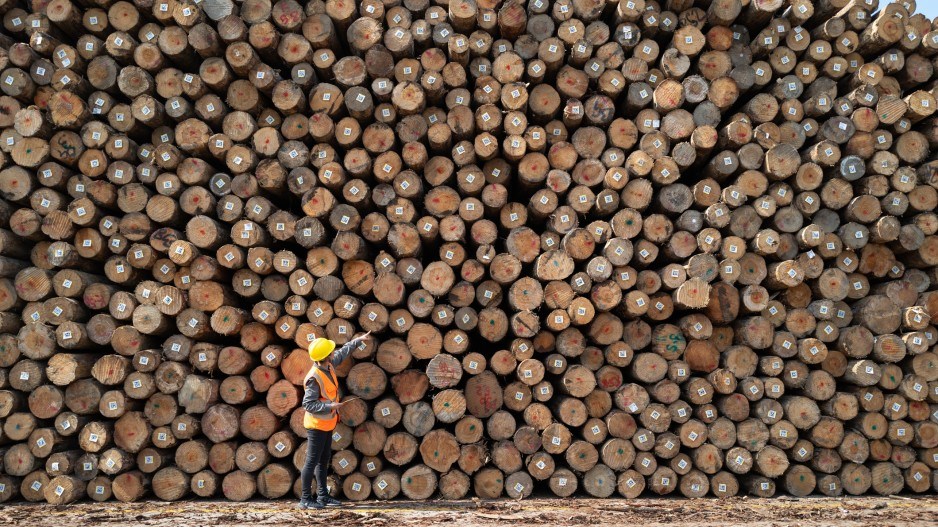Much of the commentary since B.C.’s split election result has focused on how divides between political parties in the next B.C. legislature could result in nothing getting done.
When it comes to addressing the urgent challenges now facing the province’s forest sector, doing nothing would be a prescription for disaster. There is a pressing need to move beyond differences and focus on building on the things that most British Columbians already agree are critical to a successful reboot of this vital sector.
All three political parties in B.C. are on the record as supporting action to address the impact on workers and communities from a relentless series of closures and curtailments in the B.C. forest sector.
While there are obvious differences on some of solutions to the disruption occurring in the sector, there is shared recognition that the status quo is not acceptable to anyone. And that perspective extends beyond political parties to include companies, labour, First Nations and other decision makers and stakeholders.
More importantly, there is growing consensus across all these groups on where meaningful action can and should be taken to make change happen. Which means that the incoming government—whichever party it is—has a unique opportunity to use that consensus to implement change.
The B.C. forest sector is no stranger to political debates and conflict. But history shows that starting from points of agreement is the most proven path to lasting solutions.
So, what are those points of common ground right now? Here are three: Indigenous stewardship and reconciliation, innovative practices for forest management and conservation, and predictable access to fibre supply.
One of the most promising areas of forest policy agreement among the BC NDP, BC Conservatives, BC Greens and many others is the importance of increasing Indigenous participation in and stewardship of B.C.’s forests.
Greater First Nations involvement not only acknowledges Indigenous rights and advances social and economic reconciliation, but also aligns with a growing understanding that forest planning must be rooted in long-term ecological health and local expertise.
Another point of broad agreement is the need for more innovative approaches to forest management to address wildfires, promote forest health and resilience, and make more efficient use of wood waste and biomass.
By embracing new technologies and strategies, the province can better safeguard forests and communities while creating new economic opportunities. By deploying new and more creative strategies for conservation investment—using new tools provided by the BC Conservation Fund and the Tripartite Nature Agreement between B.C., Canada and First Nations—the province can also meet new goals for biodiversity protection.
While there are different views on how to address the current shortage of wood fibre for manufacturing in B.C., there is still widespread support for stabilizing fibre supply and ensuring a predictable level is available to local mills.
Maintaining a reliable supply of fibre for local manufacturing facilities is essential to scaling up the investment in technology, workforce and infrastructure that will enable the sector to innovate and meet new market demand. By implementing reforms in permitting and tenure systems, and by fostering stronger relationships between primary and value-added producers, the province can ensure that forestry remains a key contributor to local economies while managing resources responsibly.
The best news is that movement in any or all these areas does not require radical change. Many of the meetings, consultations, reviews, checklists and frameworks required to initiate action have already been completed.
The challenge that remains is to actually make things happen on the ground.
Michael Barber, the U.K. author of How to Run A Government once wisely observed that the reality in politics is that policy counts for 10 per cent and implementation for 90 per cent.
Each major party in the recent B.C. election put forward a detailed plan on forestry. And each forestry platform made tangible commitments to support manufacturing, community well-being and biodiversity. While there are some ideological divides in the approaches, there is also a lot of common ground.
Moving quickly and applying every tool in the implementation toolkit—targets, metrics, funding and new partnerships—the incoming government in B.C. has an unprecedented opportunity to secure a future for working families, communities and businesses—and for the forests themselves.
Linda Coady is president and CEO of the BC Council of Forest Industries.



